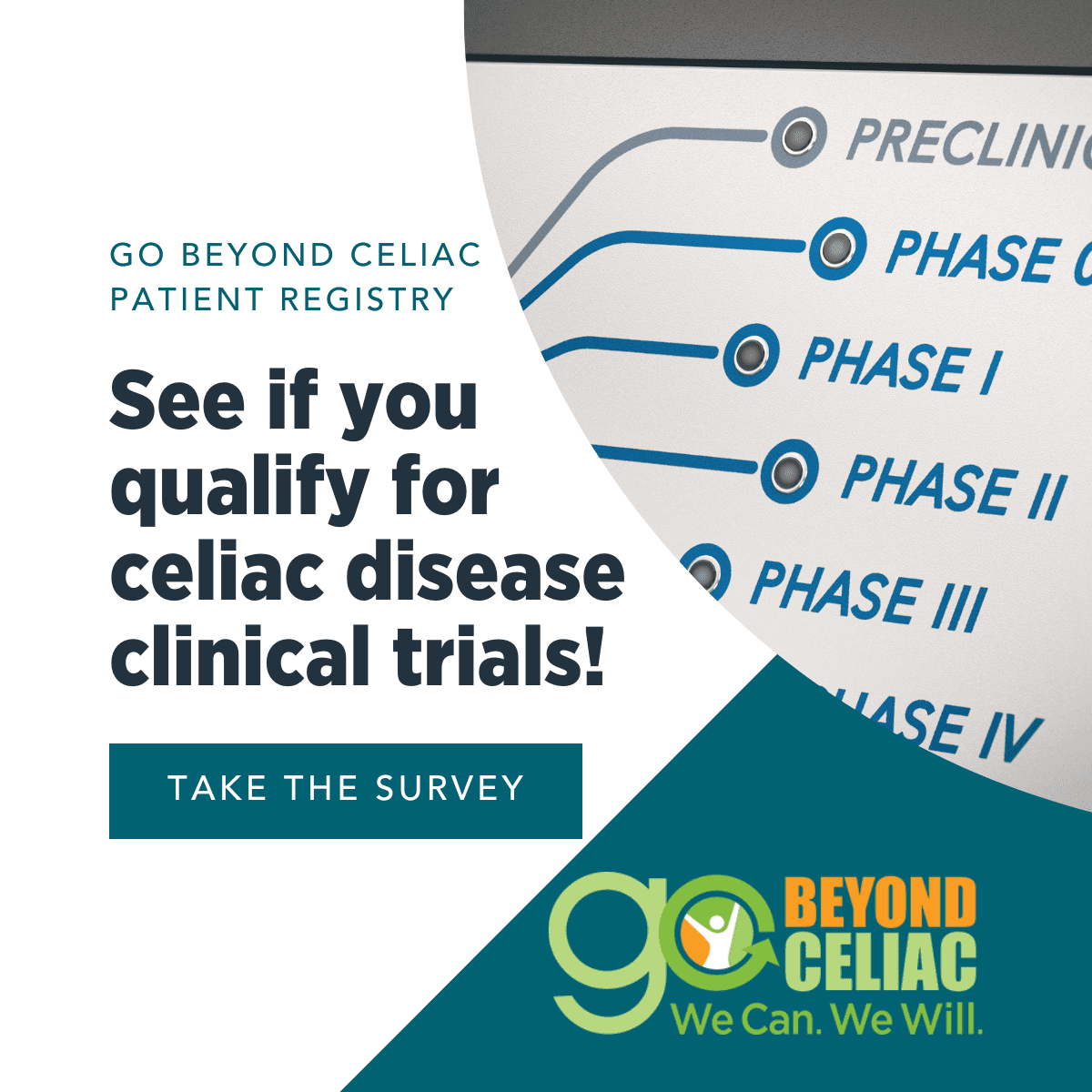Gluten-Free Boom Overshadows Celiac Disease
| 5/2/2014 |
|
Contact: Claire Baker The burgeoning gluten-free market is now a $20 billion industry, according to new data released by SPINS, a consumer market insight firm. Unfortunately, ‘going gluten-free’ is often viewed simply as a popular dietary trend that expands on the low-carb diet craze. Many Americans fail to recognize its intimate connection to celiac disease, a genetic autoimmune disorder that affects one in 133 people. For people with celiac disease, following a strict gluten-free diet is both medically necessary and the only treatment option to combat symptoms and prevent serious long-term complications. “The gluten-free boom has been so enthusiastically embraced by dieters, restaurants and marketers, that there’s casual application of ‘gluten-free,’ which can have serious medical consequences for people with celiac disease,” said Alice Bast, President and CEO of the National Foundation for Celiac Awareness (NFCA). “Currently, celiac disease is the untold element in the gluten-free story, and we need it inserted back – and featured prominently – in the conversation. Otherwise, we’ll continue to be challenged with a tragically low diagnosis rate at a huge cost to families and our healthcare system overall.” In conjunction with Celiac Awareness Month in May, NFCA is educating the public about the connection between the gluten-free diet and the disease it treats by addressing common ‘gluten-free misconceptions’:
For those with celiac disease, consuming the gluten protein in wheat, barley and rye triggers an immune response that damages the lining of the small intestine that absorbs nutrients. This can lead to various debilitating symptoms, including diarrhea, weight loss or gain, anemia, fatigue, joint pain, or itchy skin rash, as well as infertility, recurrent miscarriages, osteoporosis, neurological conditions, other autoimmune diseases and some cancers if left untreated. “We’re glad people are talking about gluten, however the generalizations being made by popular media regarding its effects are extremely misleading,” said Dr. Joseph Murray, North American Society for the Study of Celiac Disease (NASSCD) president and NFCA Scientific/Medical Advisory Council member. “It’s important that people understand the connection between their symptoms, medical history and celiac disease, and seek proper testing before they start to avoid gluten.” The first step for someone who thinks they may have a problem with gluten is to get properly tested using blood tests (the IgA-tTG or IgA-EMA), followed by a biopsy of the small intestine to check for damage. Saliva, stool and some blood tests that are marketed for allergies, intolerances or sensitivities are not tests for – and cannot be relied on to identify – celiac disease. They also cannot diagnose gluten sensitivity, which currently remains a diagnosis of exclusion. To help get the testing conversation started with a physician, DoIHaveCeliac.org provides a checklist of symptoms that patients can use. Since celiac disease is hereditary and can be diagnosed at any age, when someone is diagnosed, their relatives should also get tested, even if they are not experiencing any symptoms. “NFCA is committed to moving the bar on diagnosis and helping people with celiac disease live life to the fullest and eat without fear through free patient programs and resources for the foodservice industry,” said Bast. “This May, we’re giving celiac disease a face by showcasing the people who – despite being negatively impacted by the gluten-free fad – continue to rise above the noise.” To help those newly diagnosed with celiac disease or non-celiac gluten sensitivity and those looking to better manage their gluten-free diet, NFCA also offers a variety of helpful resources at beyondceliac.org. XXX About the National Foundation for Celiac Awareness |


